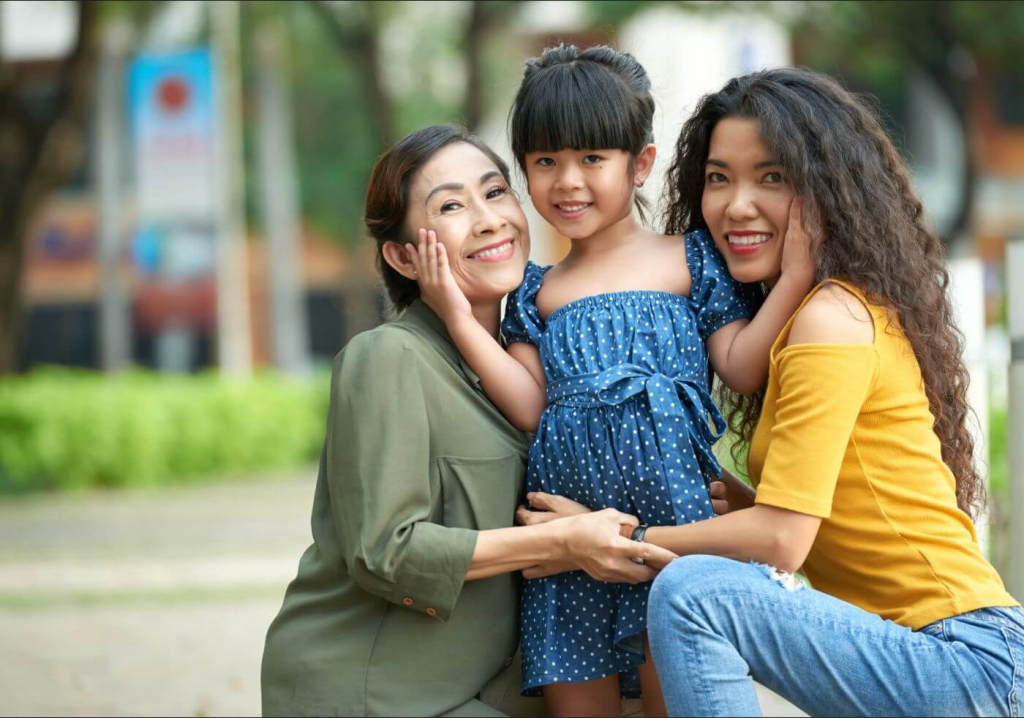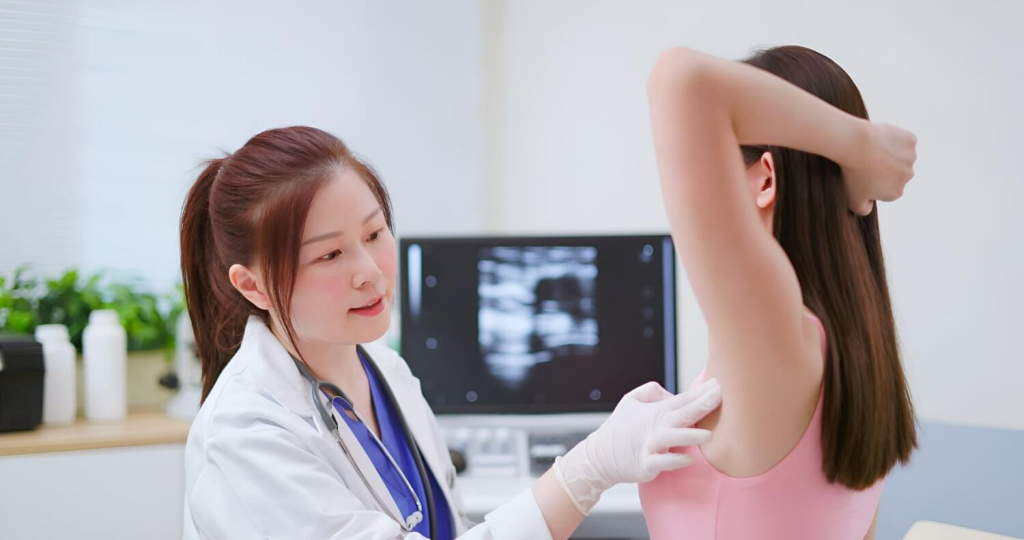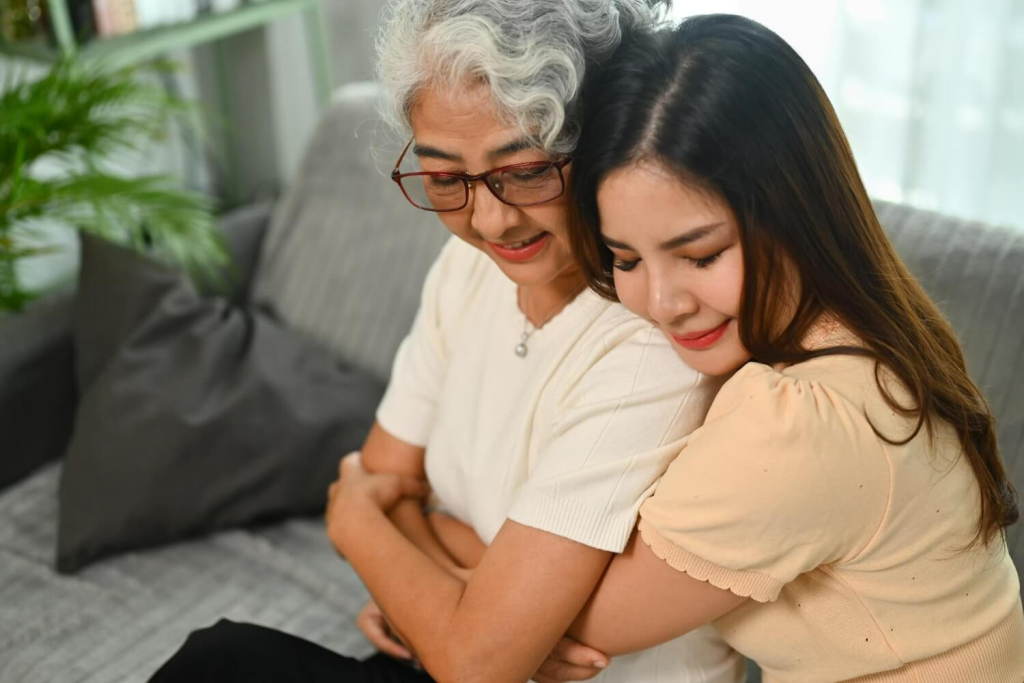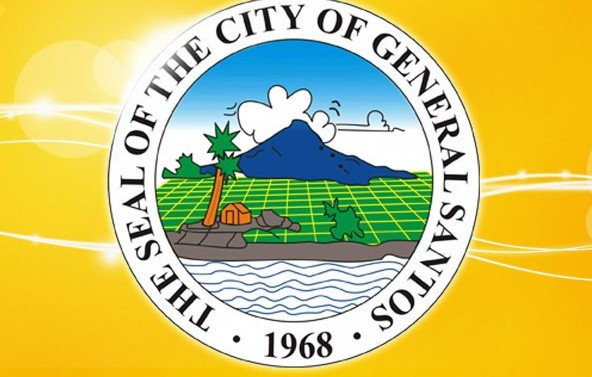Every October, pink ribbons bloom across the country. They appear on shirts, in malls, and all over social media. It’s Breast Cancer Awareness Month, a time when we pause and talk about something that can save lives through one powerful word: awareness.
Here in the Philippines, where family always comes first, health is something we take care of together. We remind our parents to take their vitamins, we check up on our friends, and worry when someone we love skips a doctor’s appointment. But when it comes to conversations about cancer, we often fall silent.
According to the World Health Organization (WHO), that run the global campaign on breast cancer awareness, breast cancer is now the most commonly diagnosed cancer in the world. In the Philippines, it remains one of the leading causes of cancer-related deaths among women. Breast change is not something we do not openly talk about-even among peers. But here’s the good news: it’s also one of the most treatable cancers if caught early. Regular physical exam of oneself, early diagnosis, breast cancer screening, mammograms for women above 30, are just some initial initiatives for early detection. The key is awareness and early action.
Why Breast Cancer Awareness Month Matters
When October comes around, you’ll notice more people wearing pink or posting pink ribbons online. It’s not just a symbol. It’s a reminder to pay attention to our health and to check in on the women we love.
In the Philippines, many cases are discovered only when symptoms have already progressed among patients. That’s why talking about early detection and breast cancer screening matters so much. Awareness and access to information help reduce breast cancer mortality and give more Filipinas the chance to recover.
Every conversation helps. One person learns and shares what she knows. Her friends listen, tell their families, and someone decides to book a check-up and gets screened earlier. Awareness grows quietly but powerfully, and that’s where change starts.

Understanding Breast Cancer in Simple Terms
Developing breast cancer begins when cells in the breast grow abnormally, forming a lump or changes in the tissue, more visible seen in nipple. Some kinds grow slowly, while others spread faster. A rare but serious type, inflammatory breast cancer, often shows up as swelling or redness rather than a lump.
Catching the disease early can make a huge difference. Early-stage breast cancer is usually treatable with more tests, surgery and radiation, while metastatic breast cancer, which has spread to other parts of the body, requires longer-term care. That’s why early detection and regular screening are so important. For more details about types and stages, visit the American Cancer Society’s Breast Cancer Resource.
How to Find Breast Cancer Early
Early detection starts with awareness. It can begin right at home. Take a few minutes each month to get familiar with your body. Around a week after your period, look at your breasts in the mirror and check for changes in shape, size, or color. Feel gently for any lumps or areas that seem thicker than usual.
Doctors recommend having a clinical breast exam and a physical check-up by a trained medical professional every one to three years if you’re in your 20s or 30s, and once a year after age 40.
Another tool is the mammogram, one of the most effective screening tests for breast cancer. It can detect changes before you can feel them. According to the American Cancer Society, women at average risk should start annual mammograms at age 40, while those with a higher risk (like a family history of breast cancer) may need to start earlier.
You can check the Department of Health’s National Cancer Control Program or the American Cancer Society’s guidelines for complete details.

Image source: https://www.freepik.com/premium-photo/woman-lymph-armpit-examination_169138301.htm#from_element=cross_selling__photo
When the Results Come In
If a test shows something unusual, don’t panic. Not all findings mean cancer. Some lumps turn out to be cysts or benign growths. Still, it’s important to follow up right away so your doctor can diagnose breast cancer accurately if needed.
If cancer is confirmed, treatment depends on the stage of the disease. Early-stage breast cancer may be treated with surgery, radiation, or medication. Metastatic breast cancer often requires a combination of treatments such as chemotherapy, hormone therapy, and targeted drugs.
With today’s medical advances, survival rates are improving. According to the American Cancer Society, when breast cancer is found early, the five-year survival rate is over 90 percent. That’s proof that early detection saves lives.
Everyday Habits for Prevention and Early Awareness
While genetics and age play a big part in developing breast cancer, lifestyle habits also make a difference. The choices we make daily, what we eat, how we move, and how we rest all help protect our bodies and strengthen our chances of staying healthy.
Experts from the American Cancer Society say that maintaining a balanced diet, staying active, and keeping a healthy weight can help reduce breast cancer mortality over time. Try to include more fruits and vegetables on your plate, go for regular walks, and take breaks to manage stress.

Avoid smoking and limit alcohol, since studies link them to a higher risk of cancer. These may sound like small steps, but together they create a stronger foundation for your health.
And don’t forget regular check-ups. Even if you feel fine, scheduling your yearly breast cancer screening or clinical breast exam can help you find breast cancer early if it ever appears. Prevention is powerful when paired with awareness.
The Role of Family in Awareness and Healing
In Filipino families, health is a group effort. When someone gets sick, everyone steps in to help. That same care is what makes awareness so effective. Ask your loved ones when they last had a check-up. Offer to go with them. Sometimes, all it takes is a gentle “magpa-check up ka na ha.”
During Breast Cancer Awareness Month, government hospitals and groups like the Philippine Foundation for Breast Care offer free or low-cost breast cancer screening. Encourage your friends and family to take advantage of these programs.
Breaking the Stigma
Many Filipinos are still hesitant to talk about cancer. Some fear the cost, others the possibility of bad news. But staying silent doesn’t make it go away. Being informed gives you power. Knowing what to look for helps you prepare. When you prepare, you protect yourself and those you love.
Let’s make breast cancer awareness a normal topic at home, one that comes from love, not fear. The more we talk, the easier it becomes to care.

A Message of Hope
Every survivor story is proof that early detection works. Each pink ribbon stands for courage. Every shared post or reminder can save someone’s life. If this month makes you think of someone you love, take it as a sign. Reach out. Book that appointment. Encourage others to do the same.
Awareness saves lives. And love, the kind that reminds, supports, and stays, keeps them going. For more information on prevention, diagnosis, and treatment, visit the American Cancer Society, the World Health Organization, the Philippine Cancer Society, and the Department of Health.
Let’s continue to raise awareness, look out for each other, and talk about health with kindness and honesty. Every reminder matters, and every check-up counts.
breast cancer screening tests, breast cancer diagnosis, treat breast cancer, risk of breast cancer, breast cancer information, breast health, timely diagnosis

Celebrate Life’s Milestones in Camella!
Make unforgettable memories in a Camella home.
Our communities are designed to elevate your living experience.


